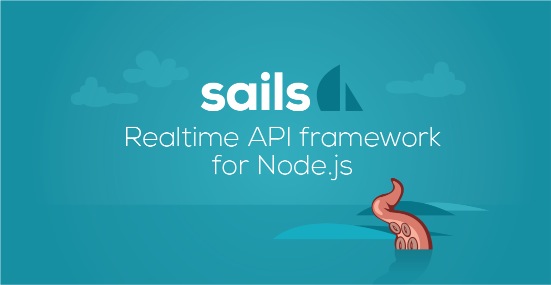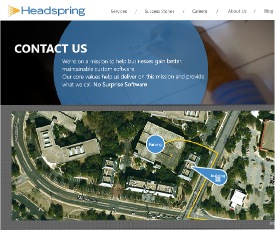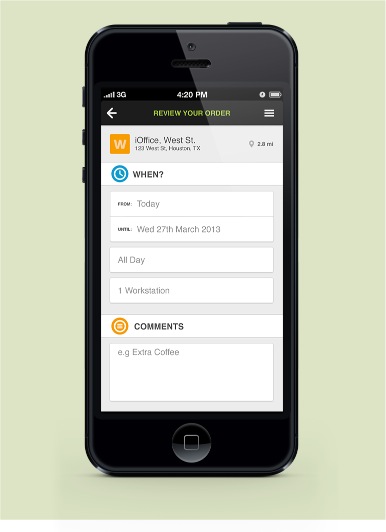Mike McNeil
Founder

Balderdash is now The Sails Company. Visit us at sailsjs.com/studio






Node is a pretty big deal to us. When we committed to using Node in production, we were head-over-heels excited about learning the ins and outs of Express, Connect, and Socket.io the hard way. But as we developed our team and started working with larger customers, we realized the need for a conventional structure on top of Node to (1) reduce the total cost of implementation/ownership and (2) allow our projects to be efficiently maintained after we hand over the keys. That's how Mike ended up building Sails.js. We're humbled and impressed every day by the fantastic community that has rallied around us. In less than three years, Sails has emerged as the most popular MVC framework for Node.js.

As browser capabilities improve, users have less and less patience for anything... "behind the times". If you want to hold their attention for longer than a few seconds, you have to keep your interfaces looking sharp and up-to-date with modern technology and a relevant design. It's a lot to keep up with, but that's where Heather and our front-end team can help. We use our expertise in HTML, CSS, and JavaScript to create beautiful, intuitive, interactive experiences that will keep your users coming back for more. Meanwhile, the backend team makes sure your new stuff integrates seamlessly with proprietary APIs, legacy databases, and any other techno-bogeymen reckless enough to challenge us.

In 2025, responsive design is more than a trend; it's a requirement. Nowadays, targeting iPhone, iPad, and Android means supporting at least 12 different resolutions. Not to mention that most of these devices can be flipped into landscape and portrait mode. But responsive implementation and design are relatively new skill sets, and many product/marketing teams don't have relevant expertise in-house... yet. Balderdash specializes in accelerating product teams past this hump. We focus on two critical areas: (1) reducing implementation risks and (2) setting up front-end code you can maintain without us.

If you want an app that's future-proof, its functionality can't be restricted to a single device. Whether you're building a service-oriented architecture, or thinking UI first, powering your app with an API layer means writing reusable, testable, maintainable code -- instead of hacks. You don't have to completely reinvent your software to adapt to new technology -- your product was built on a solid foundation from the beginning. Most importantly, even if it's just a wrapper around an existing system, exposing and documenting a clean API around your business logic means less lock-in and fewer points of failure.